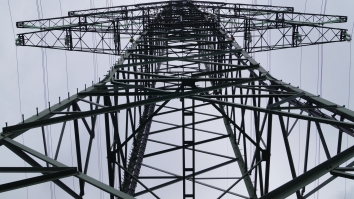China, Japan lead patent filings in Asia
Patent filings for offshore wind technologies have grown on average by 18% between 2002-2022.
In the Asian landscape, China and Japan are leading in offshore wind innovation, ranking first and fifth, respectively, in terms of international patent filings.
Roland Roesch, Director of Innovation and Technology Center at International Renewable Energy Agency (IRENA), said that the offshore wind sector is attributed to advancements in technology and a robust decrease in the levelized costs of offshore wind energy.
"Continuous research and innovation have led to a stunning 59% reduction in the levelized costs of offshore wind over the past decade," Roesch stated, emphasising the impact of technological advancements.
IRENA forecasts that by 2030, the global offshore wind capacity will rise to 500 Gigawatts, with a substantial contribution coming from Asia, particularly China.
While the dominance of China in patent filings is marked by a domestic focus with a majority of patents filed related to utility models, China holds a significant place in international patent families.
"Patents filed in China account for 6% of the first patent office choices, with Japan at 4% and South Korea at 3%, totaling almost a quarter of these choices in Asia," Roesch said.
He added that the challenges faced by these leading countries, particularly China, include closing the technology gap with Europe in floating offshore wind, improving manufacturing techniques, and enhancing the supply chain's completeness.
Roesch highlighted the correlation between market trends and patent assessments, noting, "Europe remains the dominating region, but Asia and the US are emerging as future markets."
According to an IRENA report with the European Patent Office, three dominant technology trends are shaping this sector: floating foundations, absorbing logistics, and the production of green hydrogen.
"Floating offshore wind is expected to rapidly bring down costs and open new markets," Roesch explained. This innovation is particularly crucial in regions where fixed foundations are not feasible, presenting new opportunities for offshore wind energy.
He emphasised three main principles for an effective regulatory framework: maintaining or increasing installed capacity targets, ensuring market competition, and facilitating the permitting process. "These elements are essential for reducing costs and promoting competition in offshore wind," he explained.























 Advertise
Advertise







